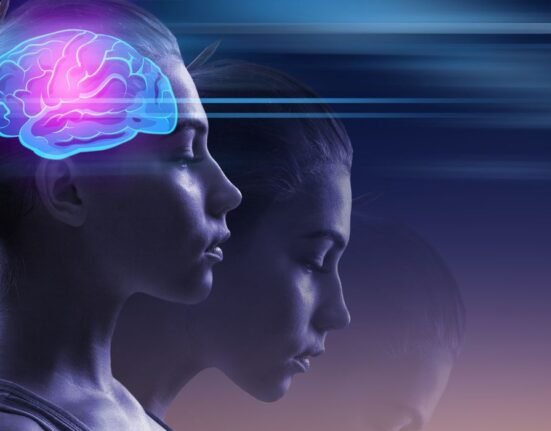Psilocybin, an active compound in psychedelic mushrooms, has been found to reduce chronic and pain-related depression in recent research studies. More than 1.5 million people are impacted by chronic pain worldwide, affecting their quality of life. This pain is significantly associated with depression and anxiety. The research took place at Penn Medicine, University of Pennsylvania, leading new paths for pain and mental health management options. It seems to be beneficial for therapists working with clients having mood disorders through safe, non-opioid approaches.
How does it work?
Psilocybin works by modulating the brain circuits rather than acting on the site of the injury. The anterior cingulate cortex is primarily targeted to provide pain relief and mood benefit lasting up to two weeks. The serotonin signals are adjusted with such precision that relief happens without any risk of addiction. Therefore, activating serotonin receptors (5-HT2A and 5-HT1A).
Professor Joseph Cichon, who works at Anesthesiology and Critical Care at Penn and is a senior author of this study, highlights that individuals who undergo surgery suffer from both chronic pain and depression. However, in many cases, they are unsure who followed whom, but often one makes the other worse. Thus, these findings can act as an opening door to develop therapies or treatment plans that are non-opioid and non-addictive.
Adding to this, the Professor clarifies how the psilocybin acts like a dimmer switch, turning signals to the right level, unlike other drugs, which either turn on or off the signal. Therefore, psilocybin is a compound that provides double relief, focuses on the targeting area, and has great therapeutic potential.
How did the study take place?
The organisation discussed in detail the research methodology followed during the research study. The psilocin was injected into mice by researchers as an active substance with which the body converts psilocybin into different regions of the Central Nervous System (CNS). Advanced fluorescent microscopy was used by the team to see chronic pain neurons spontaneously firing. This was possible as this technique uses a glowing dye to capture neural activities.
The psilocin was also injected directly into the prefrontal cortex of the brain, especially the anterior cingulate cortex (ACC), directly. It is a part of the brain that processes emotions and pain. The results found that it provides the same mood improvement and pain relief as when psilocybin was given to the whole body. Psilocin was also injected into the spinal cord by the researchers; however, no calming effect was observed.
Future Research
The findings provide therapists and researchers with information about conditions involving dysregulated brain circuits, such as Post Traumatic Stress Disorder (PTSD), or addiction. According to Prof. Cichon, more research is required to determine the effectiveness of psilocybin. He also added that the research has left uncertain points on whether such therapies would be safe, feasible or effective in the context of surgery and anaesthesia. As following surgery both physiological and psychological stress is imposed by the procedure.
Stephen Wisser, PhD student at Penn Neuroscience and research co-author, shared that the findings are highly encouraging; however, there are certain questions that require more research. These include the long-term effect of psilocybin, much amount and how many times the dose is required to adjust the brain pathway. The team at Penn are planning upcoming research to investigate long-term effects, the ability of the brain to rewire itself, and optimal dosing strategies in the rodent model.













Leave feedback about this